The strongest "fart" person, the most married person and the Guinness records have "run out of words"

5 | 0 Discuss | Share
Sea ice flowers, red tides, colorful striped icebergs or ice whirlpools are strange natural phenomena appearing on the oceans that make anyone who sees them also be amazed.
Water in the Atlantic and Pacific Oceans split in two
Many people think that the seas are a unified block and they are only divided into oceans to name. However, the oceans actually have vivid, unexpected boundaries.
If you come to the border between the Pacific Ocean and the Atlantic Ocean, you will be "Oh yeah" because the natural phenomenon is so amazing. Accordingly, the water area between the two oceans has a clear dividing line. Viewed from above, visitors can see the two waters do not mix and have different colors.
The answer is because the water structure of these two oceans is different. Accordingly, the water of the Pacific Ocean has a different salinity, composition, density and chemical structure than that of the Atlantic Ocean. The portion of the boundary line is called the ocean's buffer zone. Experts call it Haloclin - the phenomenon that makes the boundary between waters of different salinity. This phenomenon occurs between water streams with at least 5 times salinity difference.
Before that, the French explorer Jacques Cousteau (1910-1997) once dived into the Strait of Gibraltar (a narrow strait connecting the Mediterranean with the Atlantic Ocean) and discovered layers of water with different salinity like divided by a transparent membrane. Not only that, each layer of water has its own flora and fauna.
In fact, in addition to the Pacific Ocean and the Atlantic Ocean, the earth has many other seas where this amazing phenomenon occurs. There are Skagerrak and Kattegat seas with different and completely separate water colors.
Colorful striped drift ice
Depending on the ocean and the area of the iceberg, their temperature and characteristics are often different. This interesting phenomenon occurs in cold and frozen waters near Antarctica. Striped ice sheets are formed by the collision of blue and white icebergs, part of the iceberg breaks apart and melts into each other, then freezes again to form icebergs. During the freezing process, impurities and liquid particles are mixed, causing the ice blocks to have different colored layers.
Whirlpool
Vortex is a dangerous phenomenon in the ocean. This is essentially a large whirlpool of great destructive power, quickly sucking up anything that appears in the vicinity. Weather is a factor that determines the force and speed of a whirlpool. There are many legends that the whirlpools will immediately sink everything to the ocean floor, but scientists deny this hypothesis.
Red tide
Red tides form due to the strong growth of toxic algae. Algae will produce toxins and harmful elements to marine animals, fish, birds and even humans. One of the best known red tides occurs every summer along the coast of the Gulf of Florida, USA.
Ice whirlpool
Ice whirlpools form when salt-rich water is separated from sea ice, then re-deposits and creates a type of ice with a unique shape. Extremely low temperatures are required to create ice vortexes, so this phenomenon only occurs in the icy waters around the North and South Poles. Ice whirlpools are incredibly destructive to marine life where they occur. Starfish, fish and even seaweed all die or freeze when exposed to glacial whirlpools.
Ice flower
Ice flowers are formed on young sea ice in cold seas. Ice flowers only form in cold and windless conditions. The clusters are 4 cm in diameter and usually have the shape of a flower. Because they are formed from sea water, the ice flowers are crystallized with high salt content.
The longest wave in the world
The longest wave, also known as Pororoca, occurs in the Amazon River in Brazil. This phenomenon only occurs once every two years, between February and March. Tides that pass through the shallow water at the mouth of the river will form waves up to 6m high, lasting up to half an hour before hitting the shore and wiping out everything in its path - from houses to trees to animals.
Wave of death
Death waves are also known as toxic waves. These waves often appear suddenly without warning. Giant waves that can reach heights of up to 40 m often occur in offshore waters. Death waves are an unpredictable danger to ships traveling at sea.
Bioluminescence
Bioluminescence occurs when light emitted by a living organism combines with oxygen in the air to cause chemical reactions. This phenomenon makes the entire ocean shimmer as if it were lit.
Milky Sea
This phenomenon takes place in the Indian Ocean. Similar to bioluminescence, this is a phenomenon that glows over the ocean but with milky lights, forming a galaxy-like image. The cause of this phenomenon is due to a bacteria that turns seawater blue, but in the human eye, they still have the sparkling color of the "galaxy".
The road under the ocean
At a depth of 2000 miles on the seabed, explorers discovered lined up rocks that looked like an abandoned road. There have been experts in geology and archeology who have come here to study and they believe that this is not part of the sunken city. Maybe, this is just the erosion of limestone in nature, and why it is lined up, no one can explain.
Strange sounds
In 1999, a 15-second recording of ocean sounds was recorded by scientists. However, no one could explain what that sound was. Many people thought it was the cry of some giant sea monster.
However, NOAA scientists confirmed it was just the sound of icebergs breaking. But is this a convincing explanation or is there something more terrifying behind it than people imagine?
Why is there a dividing line between the Atlantic Ocean and the Pacific Ocean? 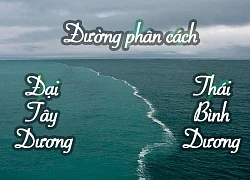 team youtuber11:59:08 01/10/2020You will be surprised to see the scene between the two oceans with a clear demarcation. It seems that an invisible wall exists, preventing the waters of these two oceans from mixing, forming two separate worlds. Nature is something really mysterious, it can be dangerous, brutal with power
team youtuber11:59:08 01/10/2020You will be surprised to see the scene between the two oceans with a clear demarcation. It seems that an invisible wall exists, preventing the waters of these two oceans from mixing, forming two separate worlds. Nature is something really mysterious, it can be dangerous, brutal with power

5 | 0 Discuss | Share
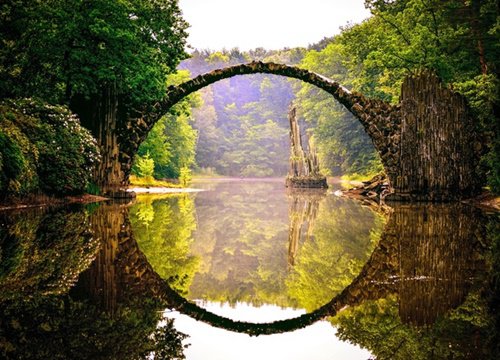
3 | 0 Discuss | Share
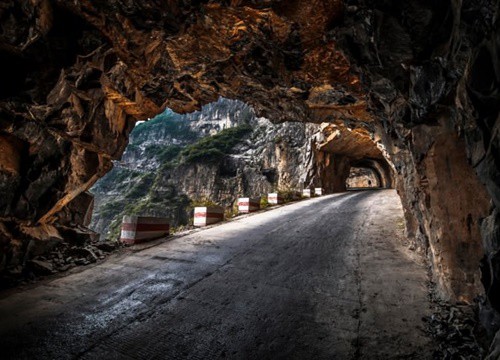
3 | 0 Discuss | Share

4 | 0 Discuss | Share
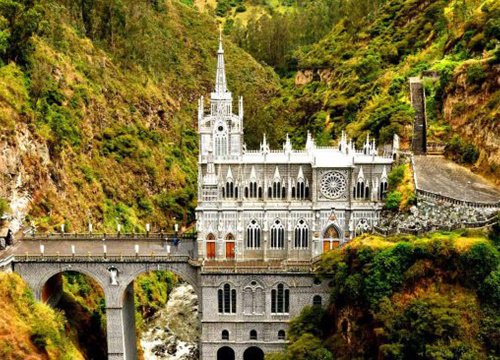
5 | 0 Discuss | Share
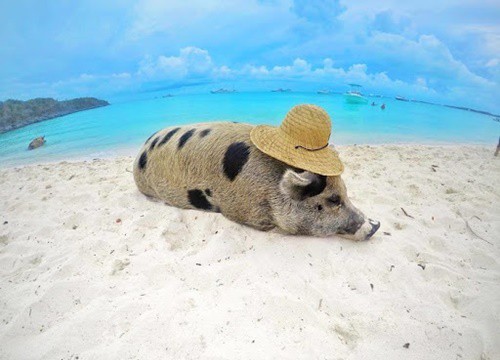
2 | 0 Discuss | Share
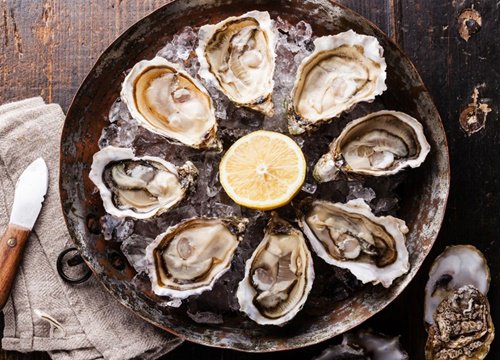
5 | 0 Discuss | Share
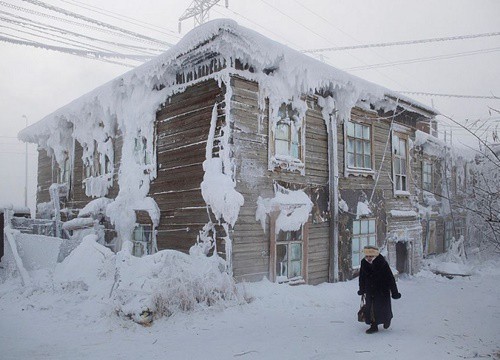
1 | 0 Discuss | Share

3 | 0 Discuss | Share
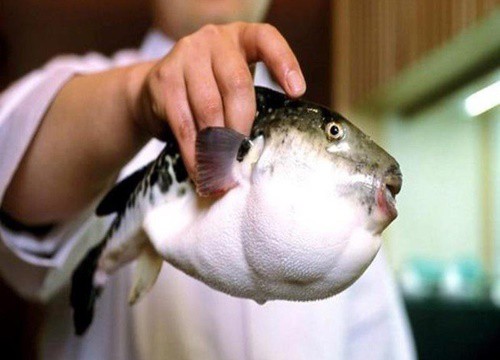
2 | 0 Discuss | Share
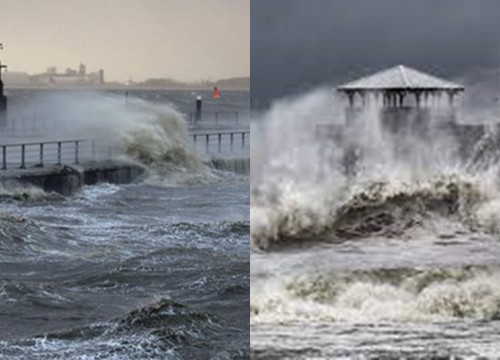
2 | 0 Discuss | Share

4 | 0 Discuss | Share










4 | 0 Discuss | Report